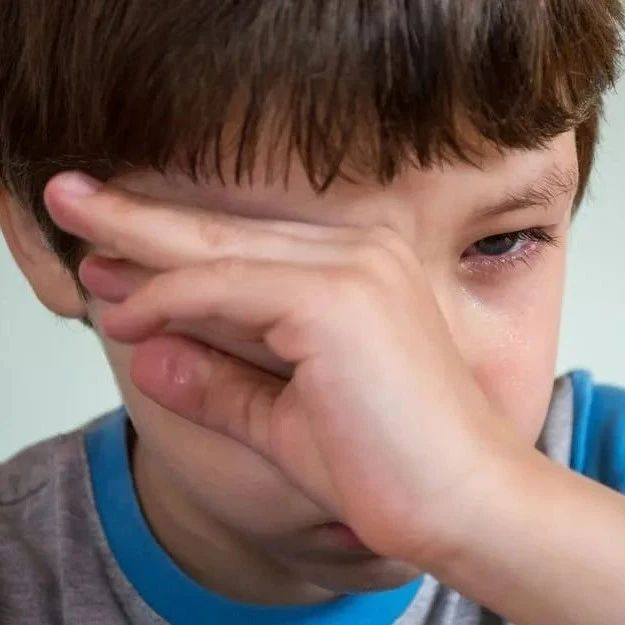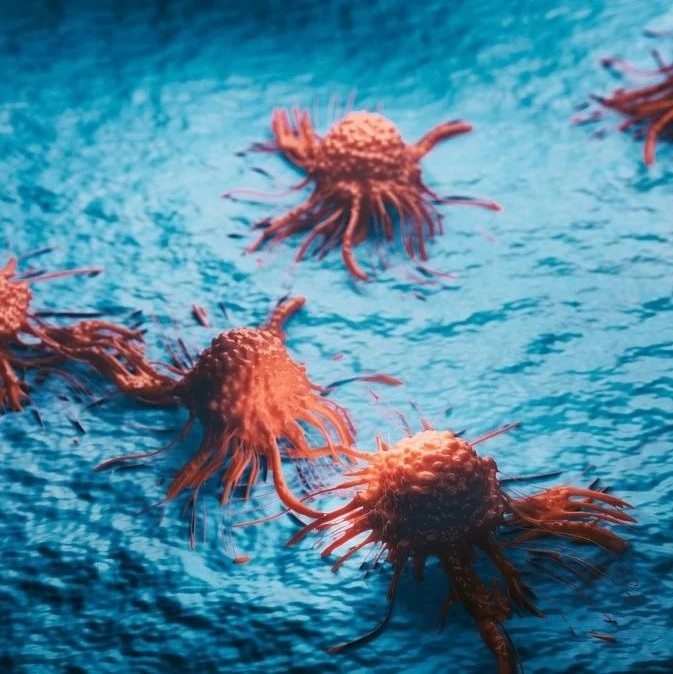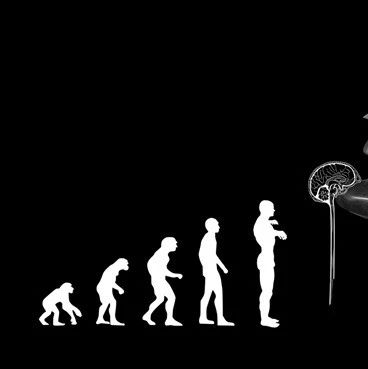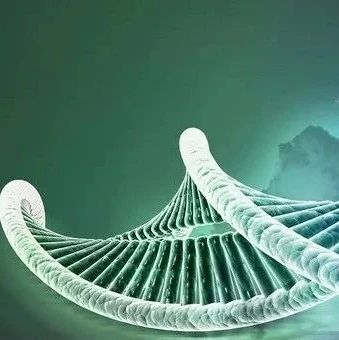历史上最大石油泄漏发生一年后,油在水面上还存留多少? 为了解释微生物在墨西哥湾水面浮油分解过程中的作用,伍兹霍尔海洋研究所(WHOI)研究人员在发表论文中首次给出了解答。
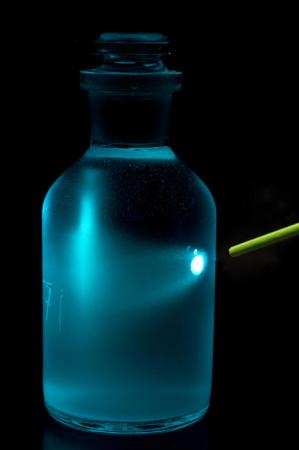
检测氧含量的新技术
研究论文预定发表在8月2日Environmental Research Letters 期刊的网络版上。WHOI研究小组从墨西哥湾收集浮油和水样本,他们发现细菌微生物分解石油的速率不同——石油内的分解速率比石油外的快5倍。这一点说明了马孔多深水井关闭3个星期后大部分浮油消失的原因。
同时,在浮油中没有发现微生物大量增长,研究人员本以为增加的营养物和呼吸量必然引起微生物的大量增长。在呼吸过程中,食物(这里指石油)和氧气结合在一起生成二氧化碳和能量。
WHOI化学家、资深作者Benjamin Van Mooy 称,增强的呼吸作用提供的能量被微生物用去做什么?不是用于分裂繁衍,这实在是一个谜。
Van Mooy和他的研究小组不认为微生物在石油分解过程中列在首要位置。Van Mooy说,在研究中我们发现微生物的呼吸作用微乎其微,因为氮和磷是微生物生长和分裂的必需元素,而浮油和水中这些元素及其稀少。我们认为这一客观条件是微生物无法应对的。
但是,WHOI研究人员发现相反的情况,细菌不经能应对,而且能高效地应对。通过特殊的传感器,我们可从浮油提取的水样中监测氧含量的变化走势。如果微生物呼吸速率慢,氧含量降低慢;反之,呼吸速率快,氧含量降低也快。Van Mooy称,我们得到的结论是氧含量下降的很快。
Van Mooy实验室的化学家、论文的第一作者 Bethanie Edwards 称,她很惊讶地发现微生物消耗掉如此多的石油,这是她没有预料到的。此外,她担心石油公司和其它机构会用这一结论说服公众——排放在环境中的石油,微生物会“吃掉”,让公众相信石油泄漏造成的危害相对较小。
MIT/WHOI联合项目的研究生 Edwards 指出微生物不能完全消耗掉石油,因为石油由复杂分子复合物构成,其中一些成分是细菌不能降解的。
她还说,石油对环境仍然有害,因为,微生物降解不掉的石油成分可能流入海上和海岸生态系统的食物链中,对环境产生毒害作用。即便微生物降解掉石油的某些成分,生成的二氧化碳仍然排放到空气中。
Van Mooy称,后续工作已经展开用于揭示微生物分裂石油后不进行分裂增殖的谜团。微生物消耗石油的速率很快,这些能量被微生物用去做什么?Van Mooy、Edwards和同事推测,微生物会把这些能量转化成其它分子,如糖或脂肪。他们利用实验室开发的“state-of-the-art”方法研究细菌的脂肪分子,结果可以表明能量的流向。
Van Mooy 称,他不能确信泄漏石油有多少部分被微生物消耗掉;其它过程,如蒸发、稀释和扩散都能导致浮油的散失。但是,微生物的分裂速率在浮油中增加5倍,表明它在石油分裂过程中的重要作用。
这篇发表的论文首次通过具体数字说明微生物在浮油分解过程中的作用,墨西哥湾的动态微生物群落支持了石油呼吸消耗的速率。
Edwards称,微生物代谢潜能不仅能打破大部分碳氢化合健,还能跟得上井口石油的泄漏速率。
这项研究由美国国家科学基金会(National Science Foundation)RAPID经费资助。(生物探索译 Pobee)
生物探索推荐英文原文
Microbes Consumed Oil in Gulf Slick at Unexpected Rates, Study Finds
More than a year after the largest oil spill in history, perhaps the dominant lingering question about the Deepwater Horizon spill is, "What happened to the oil?" Now, in the first published study to explain the role of microbes in breaking down the oil slick on the surface of the Gulf of Mexico, Woods Hole Oceanographic Institution (WHOI) researchers have come up with answers that represent both surprisingly good news and a head-scratching mystery.
In research scheduled to be published in the Aug. 2 online edition of Environmental Research Letters, the WHOI team studied samples from the surface oil slick and surrounding Gulf waters. They found that bacterial microbes inside the slick degraded the oil at a rate five times faster than microbes outside the slick -- accounting in large part for the disappearance of the slick some three weeks after Deepwater Horizon's Macondo well was shut off.
At the same time, the researchers observed no increase in the number of microbes inside the slick -- something that would be expected as a byproduct of increased consumption, or respiration, of the oil. In this process, respiration combines food (oil in this case) and oxygen to create carbon dioxide and energy.
"What did they do with the energy they gained from this increased respiration?" asked WHOI chemist Benjamin Van Mooy, senior author of the study. "They didn't use it to multiply. It's a real mystery," he said.
Van Mooy and his team were nearly equally taken aback by the ability of the microbes to chow down on the oil in the first place. Going into the study, he said, "We thought microbe respiration was going to be minimal." This was because nutrients such as nitrogen and phosphorus -- usually essential to enable microbes to grow and make new cells -- were scarce in the water and oil in the slick. "We thought the microbes would not be able to respond," Van Mooy said.
But the WHOI researchers found, to the contrary, that the bacteria not only responded, but did so at a very high rate. They discovered this by using a special sensor called an oxygen optode to track the changing oxygen levels in water samples taken from the slick. If the microbes were respiring slowly, then oxygen levels would decrease slowly; if they respired quickly, the oxygen would decrease quickly.
"We found that the answer was 'quick,'" Van Mooy said. "By a lot."
Bethanie Edwards, a biochemist in Van Mooy's lab and lead author of the paper, said she too was "very surprised" by the amount of oil consumption by the microbes. "It's not what we expected to see." She added that she was also "a little afraid" that oil companies and others might use the results to try to convince the public that spills can do relatively little harm. "They could say, 'Look, we can put oil into the environment and the microbes will eat it,'" she said.
Edwards, a graduate student in the joint MIT/WHOI program, pointed out that this is not completely the case, because oil is composed of a complex mixture molecules, some of which the microbes are unable to break down.
"Oil is still detrimental to the environment, " she said, "because the molecules that are not accessible to microbes persist and could have toxic effects." These are the kinds of molecules that can get into the food web of both offshore and shoreline environments, Edwards and Van Mooy said. In addition, Edwards added, the oil that is consumed by microbes "is being converted to carbon dioxide that still gets into the atmosphere."
Follow-up studies already "are in place," Van Mooy says, to address the "mysterious" finding that the oil-gorging microbes do not appear to manufacture new cells. If the microbes were eating the oil at such a high rate, what did they do with the energy? Van Mooy, Edwards, and their colleagues hypothesize that they may convert the energy to some other molecule, like sugars or fats. They plan to use "state-of-the-art methods" under development in their laboratory to look for bacterial fat molecules, a focus of Van Mooy's previous work. The results, he says, "could show where the energy went."
Van Mooy said he isn't sure exactly what fraction of the oil loss in the spill is due to microbial consumption; other processes, including evaporation, dilution, and dispersion, might have contributed to the loss of the oil slick. But the five-fold increase in the microbe respiration rate suggests it contributed significantly to the oil breakdown. "Extrapolating our observations to the entire area of the oil slick supports the assertion microbes had the potential to degrade a large fraction of the oil as it arrived at the surface from the well," the researchers say in their paper.
"This is the first published study to put numbers on the role of microbes in the degradation of the oil slick," said Van Mooy. "Our study shows that the dynamic microbial community of the Gulf of Mexico supported remarkable rates of oil respiration, despite a dearth of dissolved nutrients," the researchers said.
Edwards added that the results suggest "that microbes had the metabolic potential to break down a large portion of hydrocarbons and keep up with the flow rate from the wellhead."
Also participating in the study from WHOI were researchers Christopher M. Reddy, Richard Camilli, Catherine A. Carmichael, and Krista Longnecker.
The research was supported by RAPID grants from the National Science Foundation.



